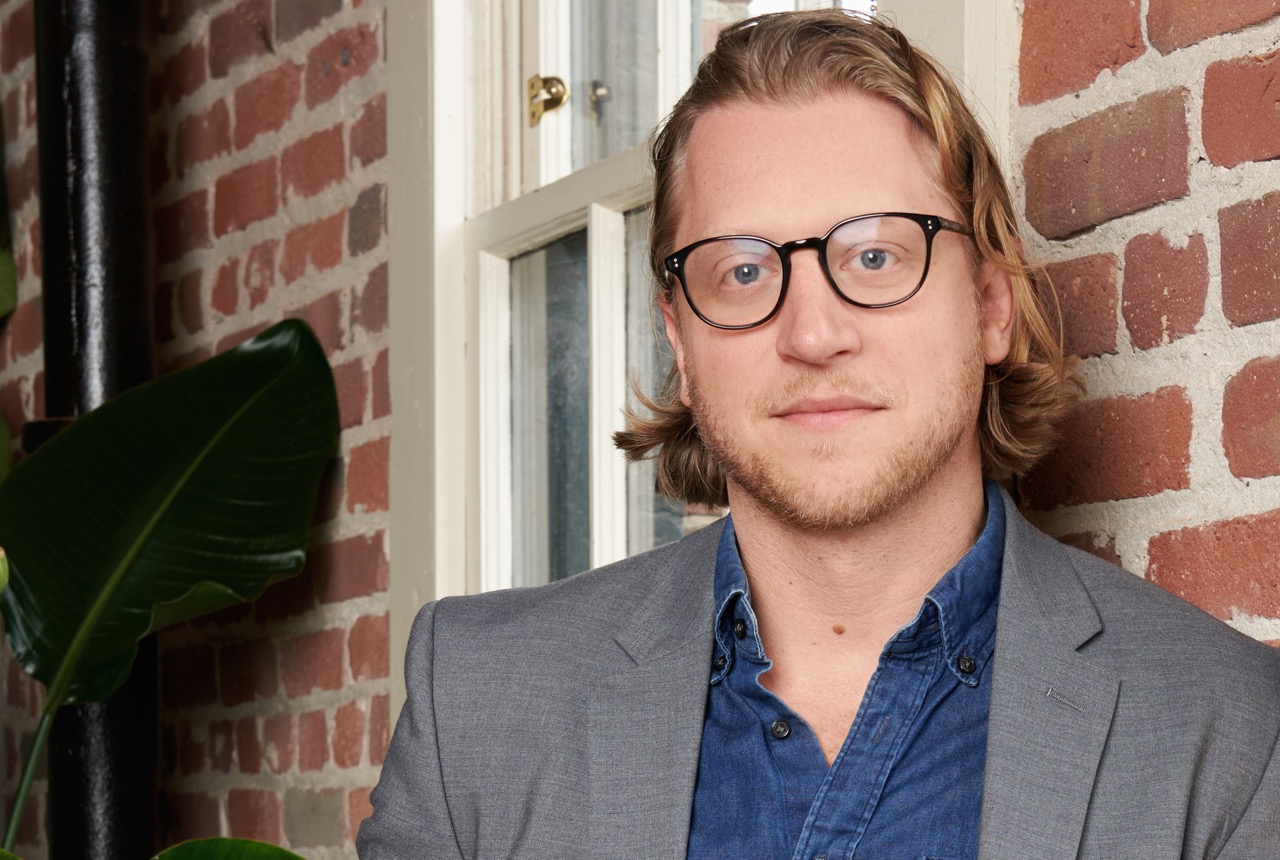Founding a company is a big deal, and taking on the CEO role to drive that company forward is an important choice. Some founders are able to lead their startups all the way through the process of company building. If you look at the list of most valuable companies in the world, however, you notice that the people at the top of tech companies aren’t always the original founders.
If you’ve spent any time doing board work — or if you’re talking to experienced VCs — you realize that it’s not uncommon for startups to switch CEOs, although it’s rarely discussed out in the open. Private companies usually have no obligation to announce leadership changes beyond the closed doors of the boardroom.
Still, choosing to give up the reins to a startup you’ve been bleeding, sweating and tearing for is a hell of a decision. I spoke with one CEO who went through that transition a few months ago to see how he reached the decision.
“I’ve been in healthcare pretty much my whole adult life,” said Troy Bannister, founder of Particle Health. “I was an EMT when I was 18.” When he was in college, he switched majors, from business to pre-med, later working at a VC accelerator called StartUp Health. “I met hundreds, if not thousands of entrepreneurs, all building healthcare startups. I saw Plaid and Stripe and Twilio, and I wondered: Why isn’t there an API model for clinical data? And so I started Particle.”

Troy Bannister, as per recently no longer CEO at Particle Health, the company he founded. Image Credits: Particle Health
The company was either prescient or got a little lucky; the anti-information blocking rule that was part of the 21st Century Cures Act meant that patients were given access to their information. That also meant that startups working in this space needed a way to safely request and securely store the information. That’s where Particle found its niche: making connections to 320 million people’s health records available to, well, whoever needs it.
Five years down the line, however, Bannister discovered something was amiss. He had built from the ground up, having raised a Series B and grown the company to 65 people, with 50 or so customers on the books, and a clear track to a Series C in the next couple of years. But now there was a hard choice looming: Would he be the right person to sit in the CEO chair for the company’s next stretch?
“I’m not going to hide facts: This board is here to help me and help this business succeed,” he said. “Maybe a year ago, I started cracking that door open of, ‘Hey, we kind of did the zero to one part. And now we’re kind of at the one to n side. I don’t know if I’m the right person to scale and grow this business to exit.’ When you crack that door open with the board, it doesn’t close very easily.”
When he started the company, he had one goal in mind: put someone’s name into the API and get their medical records back. Now that he’s completed that goal, there’s a whole new set of problems to go after to create value on top of the core product. And that’s not where his expertise lies.
“There was an organic moment, as we went into the new year, that created this opening to ask that question: ‘Is there someone better? Who would it be?’ All of these questions started emerging, and it organically evolved into an action plan,” he said.
Why gamble?
Bannister took a frank look at his own skillset and the company, along with the road ahead, and found that he had doubts. He might have been able to continue to lead the company, but ultimately decided that it might not be worth the risk.
“I was highly confident that I could go get a double or a triple here, but we want a grand slam,” he said. “The last five years, I killed myself getting Particle to where it is. I don’t want to be the bottleneck, right?”
As Particle started focusing more on analytics, Bannister figured he needed someone more experienced to take the business to the next level.
“I think most founders are probably a little bit crazy and very stubborn. You have to be a little bit crazy to start a business and get it to this point, you have to completely believe that you are the person that’s going to get it there. If you don’t, if you have a shred of doubt, you’re not going to be successful,” Bannister said.
The hunt for a new CEO
The Particle team knew it wanted someone who had experience building analytics products that focused on big-data science in the healthcare space. The person would need to start building products on top of the existing product portfolio, and in particular, on the anonymized, aggregated datasets Particle Health had access to.
Through interviews, hours of working sessions and a dozen reference checks, Particle found its new person for the CEO chair: Jason Prestinario, who had been head of data science and later general manager of Komodo Health’s Healthcare Solutions Business unit. Before that, he spent four years at Palantir.
Even with a new CEO selected, the journey of letting go was complex. “Investors see this as a potentially very positive option for startups at our stage. I think they’ve seen some very successful transitions,” Bannister said. “As soon as this becomes an option, they jump on the opportunity to uplevel the leadership in a more scale-oriented fashion. I think most founders deep down would agree that they’re probably not the right person to take the company from zero all the way to the end. Even the ones that do probably aren’t the best people; there are probably better people out there to do it.”
There was a very, very thin line between Particle Health and Troy Bannister. Troy Bannister
Even with those truths settling in, it’s a scary thing to let go. Bannister, like many startup founders, had his personality deeply entwined with the company he had founded. In a way, he said, he was the company and the company was him. “There was a very, very thin line between Particle Health and Troy Bannister,” he said. “And that’s hard — but don’t get me wrong, it was also very fun.”
Making the shift
Bannister didn’t leave Particle- he’s now in his new full-time role as the company’s chief strategy officer.
“I really love doing large enterprise sales partnerships, strategic sales, regulation, policy and product,” Bannister said. “I get to fit those things into my role, and that’s the domain I still own.”
The official handover was five weeks ago, and Bannister is noticing that there are meetings he’s no longer in as well as decisions he’s no longer part of.
“It’s hard to see a new strategy or priority pop up without my consultation or involvement, but that’s part of the deal,” Bannister said. “I think there’s a silver lining here. I get to spend all my time doing the stuff I love, and we hired a person that we trust.”
